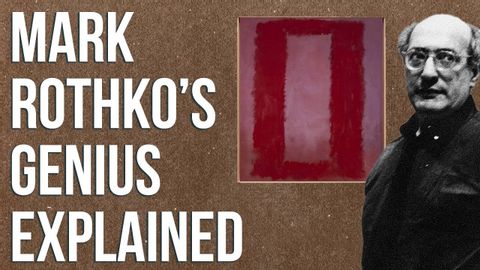
Subtitles & vocabulary
What Rothko’s Art Teaches Us About Suffering
00
Summer posted on 2022/10/27Save
Video vocabulary
immediately
US /ɪˈmidiɪtli/
・
UK /ɪˈmi:diətli/
- Adverb
- Without any delay; straight away
- Very closely in space or time; next to.
A1TOEIC
More aggressive
US /əˈɡrɛsɪv/
・
UK /əˈgresɪv/
- Adjective
- Using energy and determination to achieve a goal
- Behaving in a hostile and threatening way
B1
More ruin
US /ˈruɪn/
・
UK /'ru:ɪn/
- Transitive Verb
- To damage or completely destroy something
- To cause someone to lose their money or status
- Noun (Countable/Uncountable)
- Remains of a building that has been destroyed
- The state of being destroyed or severely damaged.
B1
More Use Energy
Unlock All Vocabulary
Unlock pronunciation, explanations, and filters
